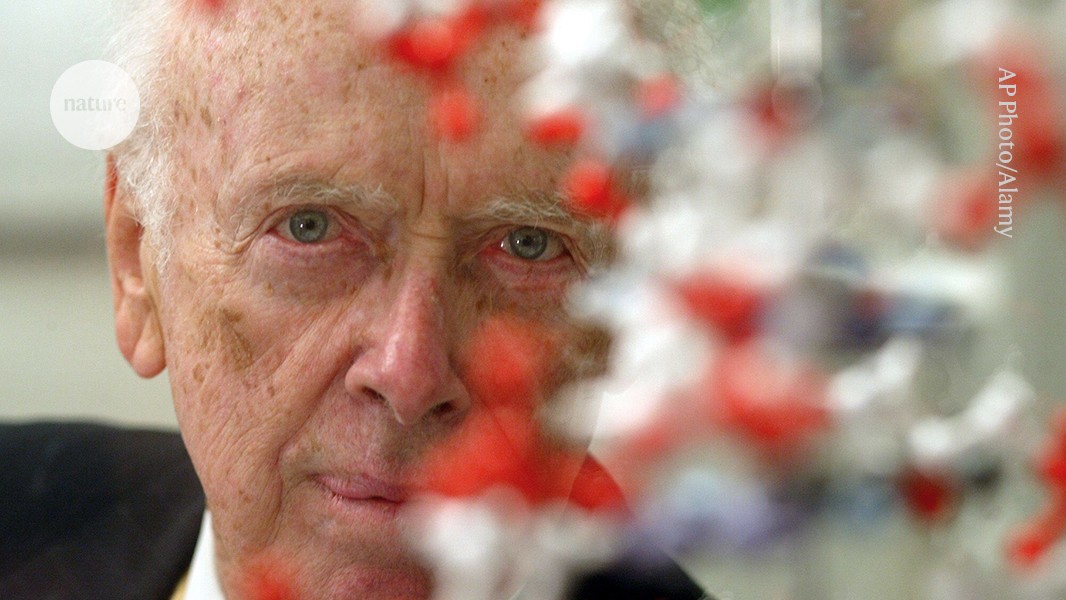
"The discovery of the double-helix structure of DNA paved the way for scientists to unravel the mechanisms behind genetic inheritance and how cells synthesize proteins. Gene therapies, the sequencing of the human genome and the development of monoclonal antibodies as treatments for cancer are just a few of the developments that would not have been possible without an understanding of DNA's structure."
"Watson and Crick elucidated the complex structure with the help of data and ideas from Rosalind Franklin and Maurice Wilkins, who were working at King's College London at the time. Some of these data were shared without Franklin's permission. Wilkins was awarded the Nobel Prize in Physiology or Medicine in 1962 with Watson and Crick. Franklin had died of ovarian cancer 4 years earlier at the age of 37, and so was ineligible for the award."
James Dewey Watson died at 97. Watson won the Nobel Prize for his role in determining the structure of DNA and was instrumental in initiating and propelling the Human Genome Project. The elucidation of the double helix enabled understanding of genetic inheritance and protein synthesis and enabled gene therapies, human genome sequencing, and monoclonal antibody cancer treatments. Watson and Francis Crick published a seminal 1953 Nature paper when Watson was 25. Praise for the discovery placed it among biology's greatest advances. Controversy arose over use of Rosalind Franklin's data without permission, and Watson's legacy is marred by racist and sexist comments.
Read at Nature
Unable to calculate read time
Collection
[
|
...
]